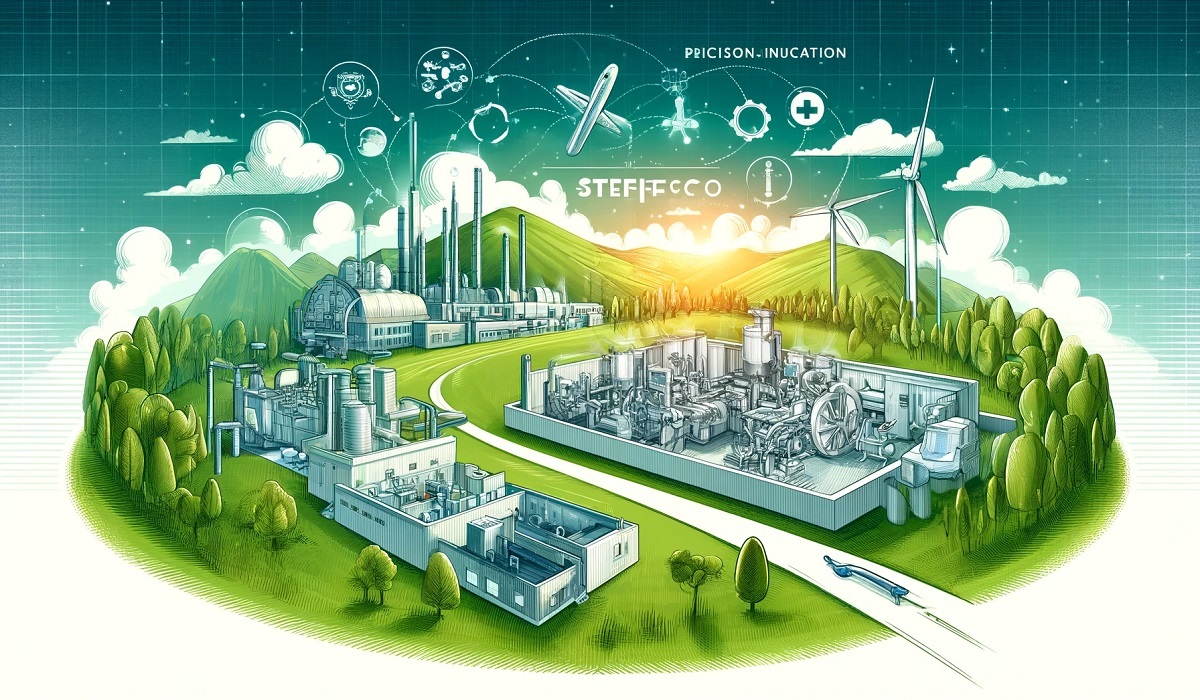Velocity Model Building from Raw Shot Gathers Using Machine Learning rapidly evolving field of geophysics, the integration of machine learning has revolutionized traditional practices. One area where this transformation is particularly evident is in velocity model building from raw shot gathers. The process, traditionally known for its complexity and computational intensity, is now being streamlined through the power of machine learning algorithms.
The Importance of Velocity Model Building in Geophysics
Velocity model building is a critical step in seismic data processing and interpretation. It involves constructing a model that represents the velocity distribution of seismic waves through the Earth’s subsurface. Accurate velocity models are essential for seismic imaging, which is used to identify potential hydrocarbon reservoirs, geothermal resources, and other subsurface features. Traditionally, this process has been time-consuming and requires a high level of expertise, relying on manual interpretation and iterative adjustments.
Challenges with Traditional Velocity Model Building Methods
The conventional approach to velocity model building involves multiple steps, including manual picking of seismic events, iterative refinement, and careful analysis of the seismic data. This method, while effective, presents several challenges:
- Time-Consuming Process: Manual interpretation and iterative adjustments can take weeks or even months.
- High Expertise Required: It demands a deep understanding of geophysics, which limits accessibility to a few highly trained professionals.
- Prone to Human Error: The manual nature of the process increases the risk of errors, leading to potential inaccuracies in the velocity model.
Introduction of Machine Learning in Geophysical Modeling
Machine learning, a subset of artificial intelligence, has gained significant traction in various industries due to its ability to analyze large datasets and identify patterns that may not be immediately apparent to human analysts.
How Machine Learning Enhances Velocity Model Building
Machine learning offers several advantages over traditional methods in velocity model building. These include:
- Automation of Labor-Intensive Tasks: Machine learning algorithms can automate the process of picking seismic events and iterating model adjustments, significantly reducing the time required.
- Improved Accuracy: By analyzing vast amounts of data, machine learning models can identify subtle patterns and correlations that might be missed by human interpreters, leading to more accurate velocity models.
- Scalability: Machine learning models can easily scale to handle large datasets, making them ideal for processing extensive seismic surveys.
Raw Shot Gathers: The Starting Point for Velocity Models
They contain the raw information of seismic waves generated by a source and recorded by receivers. This data is fundamental for velocity model building, as it provides the unprocessed signals that machine learning algorithms will analyze to build a velocity model.
Transforming Raw Shot Gathers with Machine Learning
Machine learning algorithms can process raw shot gathers more efficiently than traditional methods. Here’s how machine learning transforms these raw data into actionable velocity models:
- Data Preprocessing: Machine learning algorithms begin by preprocessing raw shot gathers to remove noise and enhance signal quality. This step is crucial for ensuring that the data fed into the model is of the highest possible quality.
- Feature Extraction: The algorithms then extract key features from the shot gathers, such as seismic event times, amplitudes, and frequencies. These features are essential for constructing a reliable velocity model.
- Model Training: Using the extracted features, machine learning models are trained to predict the velocity distribution within the subsurface. This training process involves feeding the model with large amounts of data to enable it to learn the underlying patterns and relationships.
Read Also: Revolutionizing Digital Content Creation Exploring the Power of RenderWolf AI
Supervised vs. Unsupervised Machine Learning in Velocity Model Building
Machine learning models can be classified into two main categories: supervised and unsupervised learning. Both approaches have their applications in velocity model building.
- Supervised Learning: In supervised learning, the machine learning model is trained on a labeled dataset, where the correct velocity values are known. The model learns to associate input features with the correct output (velocity values), allowing it to make accurate predictions on new, unseen data.
- Unsupervised Learning: Unsupervised learning, on the other hand, does not rely on labeled data. Instead, the model identifies patterns and clusters within the data on its own. This approach is particularly useful when labeled data is scarce or when the goal is to discover new, unknown relationships within the data.
Integrating Machine Learning with Seismic Inversion
Machine learning enhances this process by improving the accuracy and efficiency of the inversion, leading to better subsurface characterization.
- Improved Inversion Accuracy: Machine learning models can incorporate additional data and more complex relationships than traditional inversion methods, leading to more accurate results.
- Faster Computation: Machine learning algorithms can process large datasets quickly, reducing the time required for seismic inversion.
- Real-Time Inversion: In some cases, machine learning can enable real-time inversion, allowing geophysicists to make immediate decisions based on the seismic data.
Case Study: Machine Learning in Velocity Model Building
A case study that highlights the impact of machine learning in velocity model building involves a large-scale seismic survey conducted by a major oil and gas company. The traditional approach to velocity model building would have taken several months to complete due to the size and complexity of the dataset. However, by implementing machine learning algorithms, the company was able to complete the process in a fraction of the time, while also achieving more accurate results.
The resulting velocity model not only provided a more detailed understanding of the subsurface but also helped to identify previously unknown hydrocarbon reservoirs, leading to a significant increase in the company’s exploration success rate.
Challenges and Limitations of Machine Learning in Velocity Model Building
While machine learning offers many benefits, it is not without its challenges and limitations:
- Data Quality: The accuracy of machine learning models is highly dependent on the quality of the input data. Poor-quality data can lead to inaccurate models.
- Computational Resources: Training machine learning models requires significant computational power, which can be a limitation for some organizations.
- Interpretability: Machine learning models, particularly deep learning models, can be difficult to interpret, making it challenging for geophysicists to understand how the model arrived at a particular result.
Future Prospects: The Evolution of Machine Learning in Geophysics
The future of machine learning in geophysics is promising, with ongoing research and development aimed at addressing the current limitations and expanding the applications of machine learning. Some of the future prospects include:
- Integration with Other Technologies: Machine learning is expected to be increasingly integrated with other advanced technologies, such as big data analytics, cloud computing, and the Internet of Things (IoT), to further enhance its capabilities in geophysics.
- Improved Algorithms: Ongoing research is focused on developing new machine learning algorithms that are more accurate, efficient, and interpretable, which will make them even more valuable tools for geophysicists.
- Wider Adoption: As the benefits of machine learning become more widely recognized, it is expected that more organizations will adopt these technologies.
Conclusion
Machine learning is transforming the field of geophysics, particularly in the area of velocity model building from raw shot gathers. By automating labor-intensive tasks, improving accuracy, and enabling real-time analysis, machine learning is making it possible to build velocity models more efficiently and accurately than ever before. While there are challenges to overcome, the future of machine learning in geophysics is bright, with the potential to revolutionize how we explore and understand the Earth’s subsurface.
FAQs
What is velocity model building in geophysics?
Velocity model building involves constructing a model that represents the velocity distribution of seismic waves through the Earth’s subsurface. It is crucial for accurate seismic imaging.
How does machine learning improve velocity model building?
Machine learning automates tasks, improves accuracy by identifying subtle patterns in data, and can handle large datasets efficiently, making the process faster and more reliable.
What are the challenges of using machine learning in velocity model building?
Challenges include the need for high-quality data, significant computational resources, and the difficulty in interpreting complex machine learning models.
How does machine learning enhance seismic inversion?
Machine learning improves seismic inversion by increasing accuracy, speeding up computation, and enabling real-time inversion, which provides better subsurface characterization.
What is the future of machine learning in geophysics?
The future includes improved algorithms, wider adoption, and integration with other technologies like big data and IoT, leading to enhanced capabilities in geophysical exploration.





